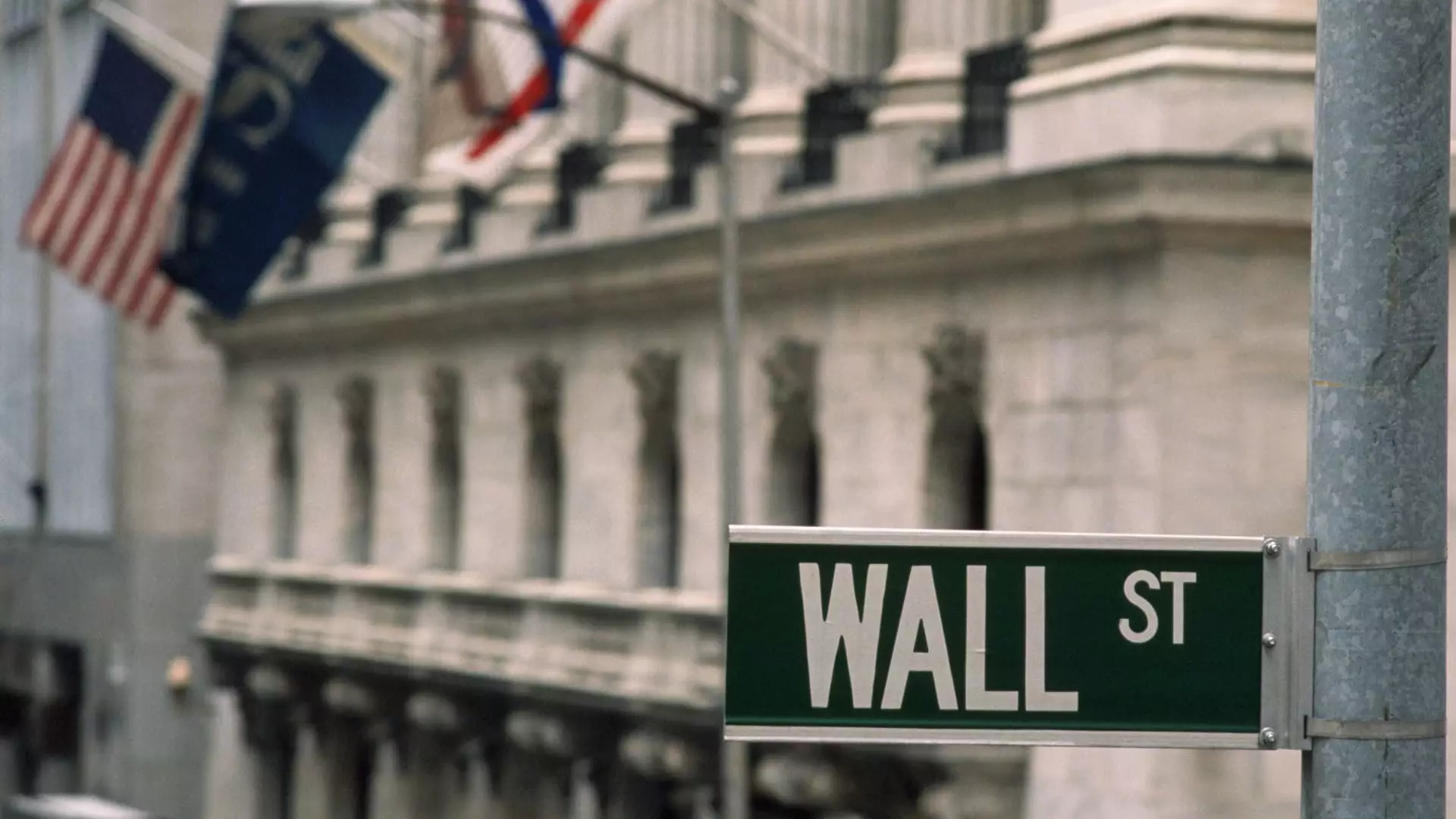As the year 2025 unfolds, the initial public offering (IPO) market appears to be struggling to make a significant impact despite a promising array of companies looking to enter the public arena. More than a dozen IPOs have begun trading, though the reception has been largely underwhelming. Notably, the recent launches have not sparked the enthusiasm typically associated with new stock offerings, raising questions about the overall health of the IPO market. Investors and analysts alike are scrutinizing these developments, examining whether they herald a resurgence or merely reflect ongoing hesitations within the financial landscape.
Despite the lukewarm response to current IPOs, Nelson Griggs, President of Nasdaq, remains optimistic about the year ahead. In a recent interview on CNBC’s “ETF Edge,” he expressed confidence that while the early months of 2025 may not showcase a robust IPO environment, the second half could be much brighter. Griggs likened the IPO market to a pendulum, oscillating between public and private investment waves. He emphasized that history shows a substantial backlog of companies eager to go public after several years of limited capital raising activities in the public markets. His assertion that an “enormous pipeline” exists for IPOs suggests that patience may eventually bear fruit for investors looking for fresh opportunities.
While there is an evident desire among many companies to engage with public markets, the journey is fraught with challenges. For instance, Panera Brands has faced numerous obstacles in its attempts to secure a public listing, highlighting the complexities that can accompany the IPO process. Additionally, the entry of Twin Peaks—a spinoff of Fat Brands—into the public trading space illustrates the trend of companies leveraging IPOs as debt management strategies rather than as avenues for growth. This suggests a more cautious approach to public offerings, where firms are positioning themselves primarily to stabilize their financial standings instead of seeking expansive growth.
The current IPO climate is also affected by a significant trend in the financial landscape: the rise of private investments. Companies, including well-established players in the tech and AI sectors like OpenAI, are reportedly thriving in the private market, securing necessary funding without the pressures tied to going public. Griggs acknowledged the innovations in private funding that have provided startups and established firms alike with broader access to liquidity. This shift has led to a convergence between public and private markets, as companies weigh the benefits of remaining private against the advantages public status can offer.
While Griggs remains hopeful that the IPO market will rebound, the innovations in private funding cannot be overlooked. They represent a new paradigm where companies can sustain themselves without taking on the vulnerabilities that come with public exposure. Nevertheless, Griggs believes that despite the current advantages offered by private capital, the fundamental incentives for companies to pursue IPOs will inevitably return. As the market evolves, it will be crucial to monitor how companies navigate these turbulent waters, balancing the allure of liquidity with the potential growth opportunities that a public listing can bring.

